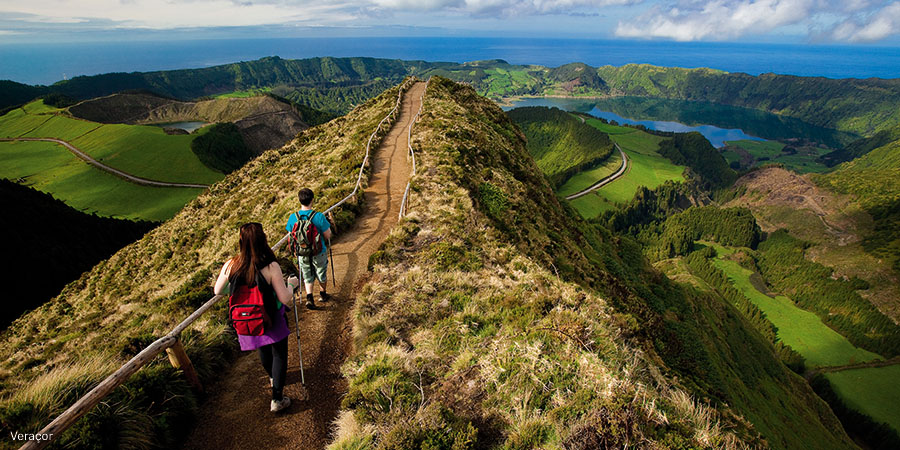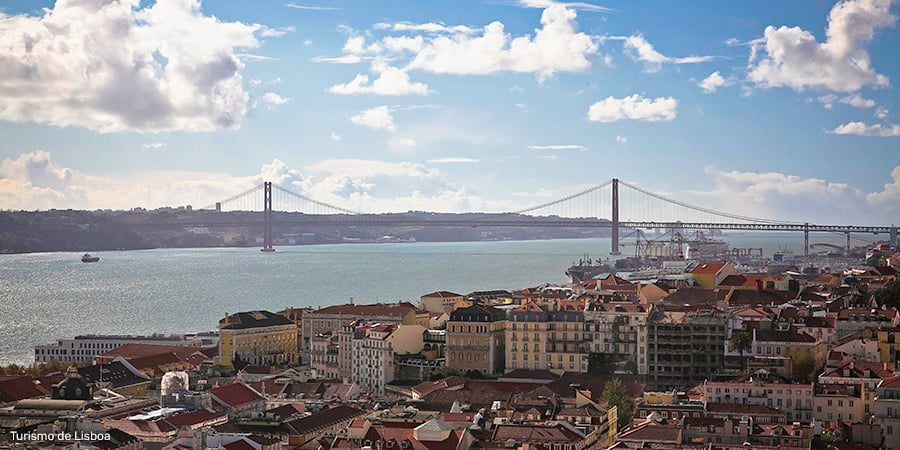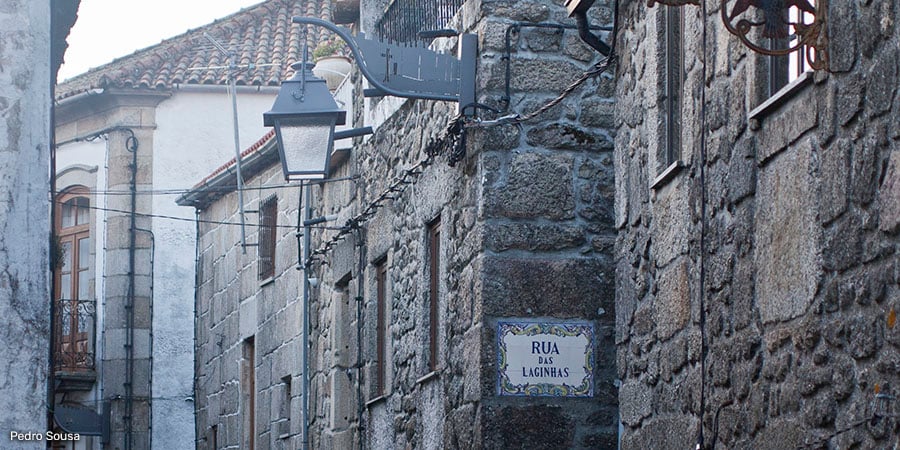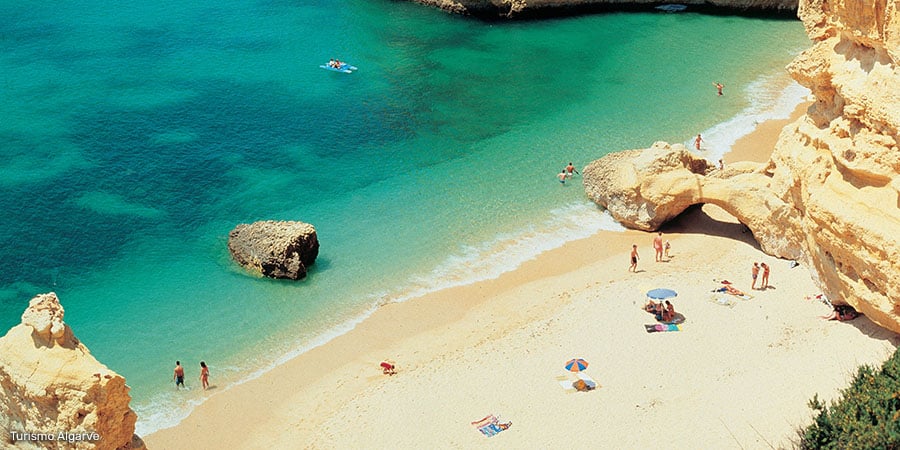Portugal, sustainable paradise
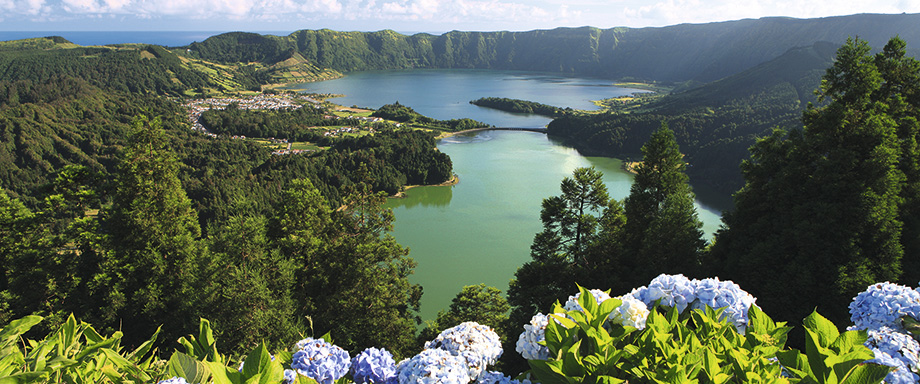
Portugal Sustainable Destination
Portugal, a sustainable paradise
Discover unique intiatives for a greener future
Portugal has seven regions, which in itself reveals how much there is to explore and discover. And there are at least ten reasons why it's such a good choice and you should place it on your lifetime to-do list of trips. The main attractions include its history and culture, the cuisine and wine, beaches, surfing, music festivals, golf, the variety of landscapes and above all the Portuguese people, who are friendly, open and warm.
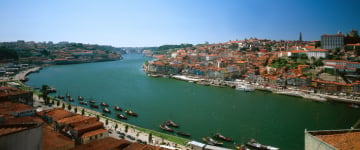
London - Lisboa
Flight + Hotel
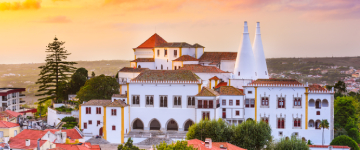
Manchester - Lisboa
Flight + Hotel
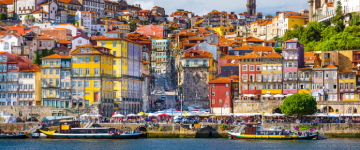
Stay in Porto
Discover the best hotels
The most diverse destination in Europe
Portugal
Madeira
- Funchal
- Laurissilva Forest
- Porto Santo
Funchal
Laurissilva Forest
Porto Santo
Laurissilva Forest
Porto Santo
Funchal
Laurissilva Forest
Porto Santo
Funchal
Laurissilva Forest
Porto & North
- Porto
- Wines
- Douro Valley
Porto
Wines
Douro Valley
Wines
Douro Valley
Porto
Wines
Douro Valley
Porto
Wines
Center of portugal
- Coimbra
- Óbidos
- Beaches
Coimbra
Óbidos
Beaches
Óbidos
Beaches
Coimbra
Óbidos
Beaches
Coimbra
Óbidos
Lisboa
- Lisbon
- Sintra
- Cascais
Lisbon
Sintra
Cascais
Sintra
Cascais
Lisbon
Sintra
Cascais
Lisbon
Sintra
Alentejo
- Évora
- Monsaraz
- Alqueva Lake
Évora
Monsaraz
Alqueva Lake
Monsaraz
Alqueva Lake
Évora
Monsaraz
Alqueva Lake
Évora
Monsaraz
Algarve
- Rota Vicentina
- Beaches
- Faro
Rota Vicentina
Beaches
Faro
Beaches
Faro
Rota Vicentina
Beaches
Faro
Rota Vicentina
Beaches
Azores
- Lagoa das Sete Cidades
- Whale Watching
- São Jorge Island
Lagoa das Sete Cidades
Whale Watching
São Jorge Island
Whale Watching
São Jorge Island
Lagoa das Sete Cidades
Whale Watching
São Jorge Island
Lagoa das Sete Cidades
Whale Watching
- If you want to discover the secrets of the Mediterranean diet that lead to a long and youthful life for the inhabitants of southern Europe, Portugal is one of the best places to visit. Although don't forget one important detail – the Mediterranean diet is much more than just food. It's also about bringing people together around the table, with an extensive and deep appreciation of culture and food preparation.The fish from Portugal is probably the best in the world. Cooked on the grill or fresh, you don't need a lot of preparation to enjoy good seafood. And when it comes to cod and sardines, which are a tradition in Portugal's gastronomic culture, there's a huge variety of dishes. The same goes for olive oil. This essential ingredient of Portuguese cuisine is produced across different areas with 'protected designations of origin'.In inland Portugal, meat is king. The quality of the country's beef, suckling pig and oven-roasted kid goat is famous. You must also try the cheeses, especially those from the Serra da Estela region. All the different varieties are delicious.The history of Portugal's famous pâtisserie started in its convents. While you're walking around Lisbon, the draw of its pastry shops is irresistible. You simply must try the delicious Pastel de Belém, the Torta de Azeitão or the Queijadas and Travesseiros de Sintra. The wines are equally sweet, and the fortified wines of Madeira and Porto are among the most coveted in the world.
Read more
Read less
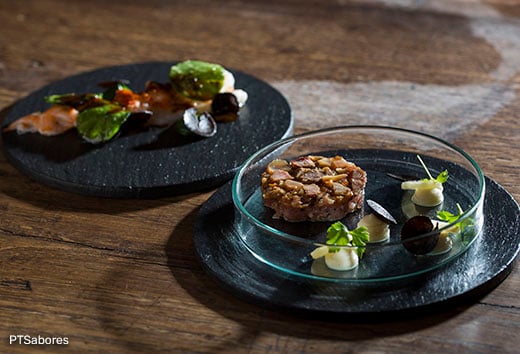
- The coast of Portugal is a paradise extending across hundreds of kilometres. There are endless beaches, including well-known spots and hidden coves to discover. They all have white sand and crystal-clear waters; some are on islets or in marshes, others lie at the feet of spectacular cliffs. There are so many combinations of landscapes and types of beaches that it's almost impossible not to find one you'll love. There are around 90 Blue Flag beaches.One of the most renowned is Porto Santo on the island of Madeira. It has 9 km of fine sand in a quiet environment, ideal for disconnecting and finding peace. However, if you're after adrenaline and you enjoy sports like surfing, the place to go is Praia do Norte in Nazaré, which became famous in 2011 after it had a 30-metre wave, the largest in the world. For a family plan, Salema Beach in Vila do Bispo, with its clean and calm waters and fine, soft sand is perfect for the kids to play on.If you have an adventurous spirit, head to the cliffs and virgin nature of Marinha Beach in Lagoa, considered one of the top 100 most spectacular in the world. Another option is to get away from the crowds and explore the Praia da Berlenga. It has limited access, giving it an air of exclusivity, and its completely transparent waters will make you feel like you're truly in paradise.
Read more
Read less
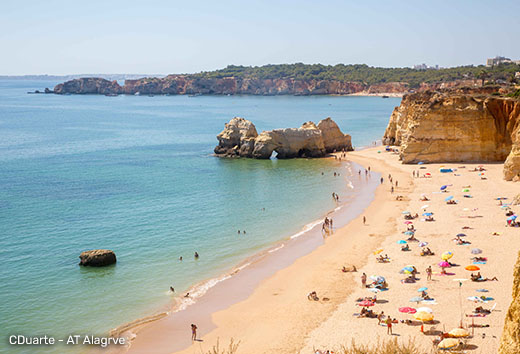
- Portugal may not be one of the largest countries in the world, but the diversity of its landscapes and species will surprise you. Apart from hundreds of kilometres of white sand beaches, there are also magnificent mountains, forests, rivers, marshes and natural parks with very rare species of flora and fauna. As if that were not enough, the islands of Azores and Madeira are Portugal's two pearls in the middle of the Atlantic.In the south, the Algarve has the most beautiful beaches in Europe, whether you prefer long and open beaches or more intimate coves that are tricky to access. You can also take a boat trip along the Guadiana. In the heart of this area is the breathtaking Ria Formosa, a sanctuary for wildlife. The Castro Marim marshes contain colonies of aquatic birds and the salt flats shine spectacularly in the sunlight.Explore trails and paths perfect for cycling to discover dozens of villages hidden in the heart of nature, which have remained practically intact since time immemorial. You can also go for a swim here on the river beaches, with crystal-clear waters. Another essential is a trip to the Portuguese geoparks, which UNESCO has recognised for their exceptional nature. These areas have unique and spectacular geological formations. The views from their lookout points will be hard to forget.
Read more
Read less
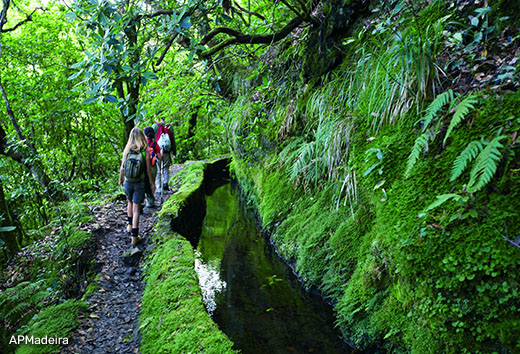
- Portugal's wine tradition is as rich as any other in the countries of southern Europe. Production is divided by region, so there's no better excuse to visit all the different areas to try their wines and appreciate their individual nuances. Douro, Alentejo and Algarve are the best areas for a tourist visit.Without a doubt, the most famous wine in the country is port. Tastings of its different vintages are a memorable experience for wine experts and amateurs alike. The landscape of the Douro Valley is also listed by UNESCO as a World Heritage Site.Green wines are the other great Portuguese wine product that can't be found anywhere else in the world. They are produced around the Minho river and can be found in the south up to the Vouga. A light wine that's served cool, it pairs perfectly with the fish and shellfish so abundant in this country.The landscape in El Alentejo is different, with vast production areas that extend across fields and plains. Here it's worth tasting the local wines as well as enjoying the unique tourist experience of taking part in the grape harvest.Don't forget the islands. In Madeira, vineyards grow on stone wall terraces. Dazzling landscapes where grape varieties such as sercial, boal, verdelho and malvasia grow alongside the island's original characteristics.
Read more
Read less

- The Portuguese are renowned for their calm nature and for not raising their voices much, unlike other Mediterranean neighbours. Perhaps that serenity comes from the perfect balance of hours of sunshine, pleasant weather, abundant water, fresh food and the pure air of these lands.The therapeutic properties of the sea are well renowned. The Atlantic waters that bathe Portugal are perfect for thalassotherapy, an ancient treatment that combines the chemical elements of the marine environment, such as salt water, algae, mud and other substances. The marine environment is rich in magnesium, iodine, lithium, zinc and copper to name a few, elements that affect physical and mental well-being. If the aim of your trip is to disconnect, rest and recover, this is a perfect destination. The therapy is easy to find in numerous centres scattered along the coast, where you can enjoy relaxation techniques such as aromatherapy, yoga and meditation.Inland, freshwater springs and hot springs abound. These pure waters reach high temperatures from the depths of the Earth. Their chemical and mineral composition is very rich and is used for various therapies. Termas do Luso, a site founded in 1852 in the Serra do Buçaco, and the Termas de Monte Real, with a spa integrated into the complex, are both a must.
Read more
Read less
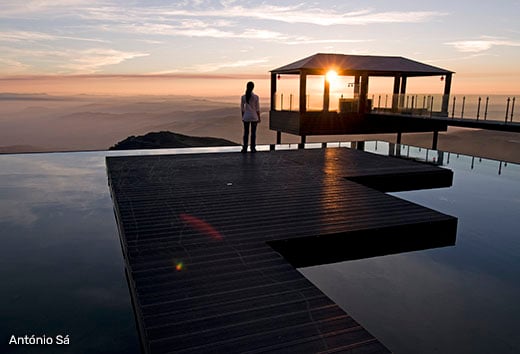
- You can travel the country from north to south following a cultural itinerary. Portugal has 25 World Heritage Sites, including archaeological sites and historic town centres. In each Portuguese village, you can easily find traces of history and signs of ancient civilisations, battles and conquest. It's common to see mountains crowned by medieval castles and fortresses, all strategically located along the border.Throughout the country, you'll also see tiles filling every corner with colour. With Muslim origins, they were used in the Middle Ages and were appreciated by the Portuguese kings. In no other European country were they adopted like here, where they can be found in churches, convents, palaces, houses, gardens, fountains and stairways. They are one of the most beautiful souvenirs to take home and, to understand the phenomenon in all its glory, there's nothing like a visit to the National Tile Museum in Lisbon.Another highly unique aspect of the immense cultural wealth of this country is the Manueline style, a genuine Portuguese artistic expression of the 16th century. When the nation was a power that spanned several continents, it extended its influence and also received knowledge and artists from all over the world. The result is this interpretation of the Gothic architectural style that is unique across the world. You must visit the Torre de Belém, the Jerónimos Monastery and the Monastery of Jesus.
Read more
Read less

- Portugal is synonymous with water sports. Thanks to its climate and strong winds, the coast has the perfect conditions to practise these sports all year round. The short distance between each beach makes it possible to effortlessly follow a dream surf itinerary. The same goes for those who love kite surfing and windsurfing, whose sails are a distinctive feature of the landscape. Inland, the rivers are great for rafting, canoeing and canyoning.If an adrenaline rush is not your thing and you prefer some calmer entertainment, take a boat trip to see whales and dolphins. Or head for the mountains, where there are strategic lookout points to observe the local birds and other animals.In fact, if there's one sport that characterises this country, it's golf. The slowest of them all, and a sport that allows you to really appreciate the good natural surroundings. There are more than 90 golf courses in Portugal and some are designed by famous architects such as Robert Trent Jones Jr and Jack Nicklaus. For six consecutive years, this country has been chosen by the World Golf Awards as the best world tourist destination to play golf.
Read more
Read less

